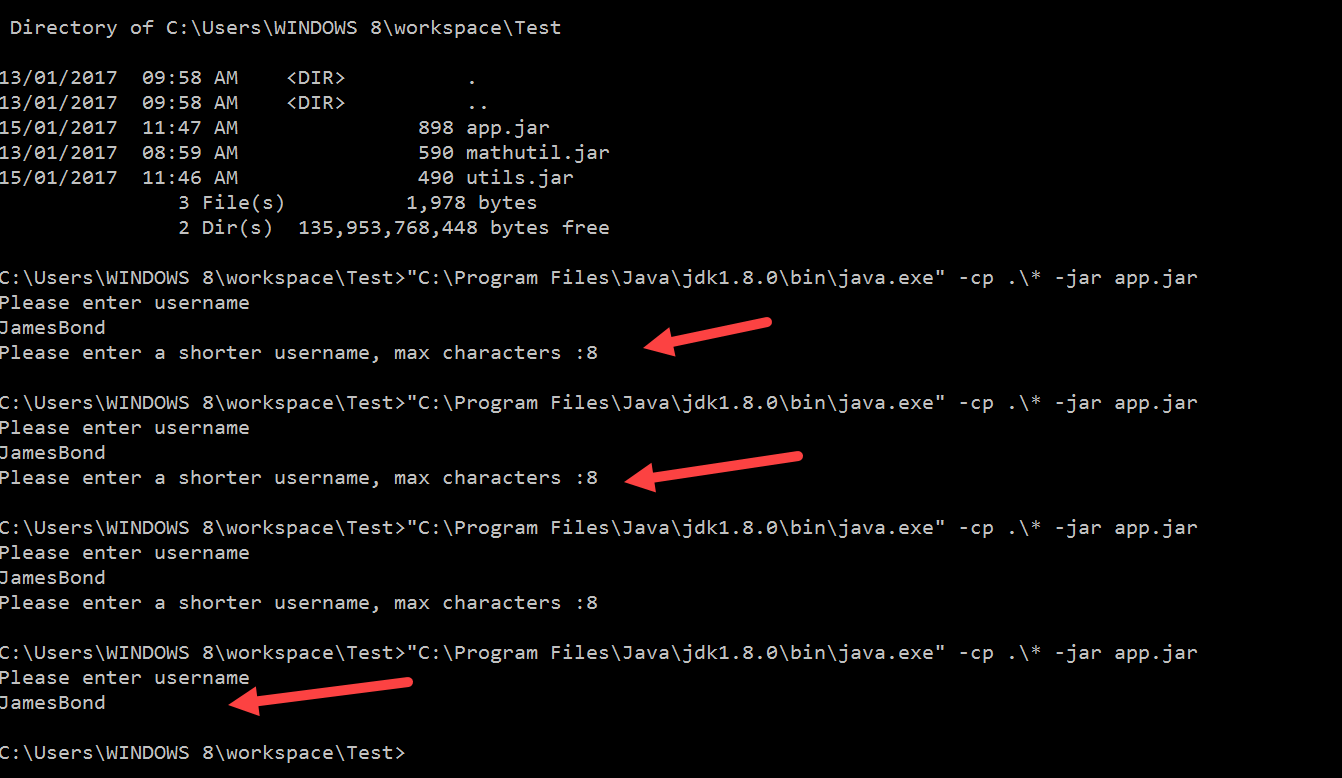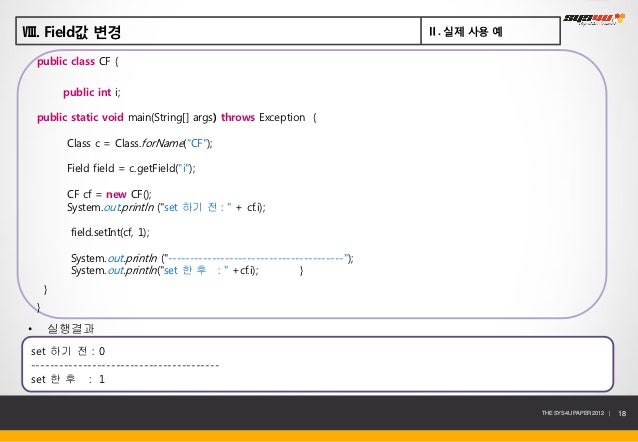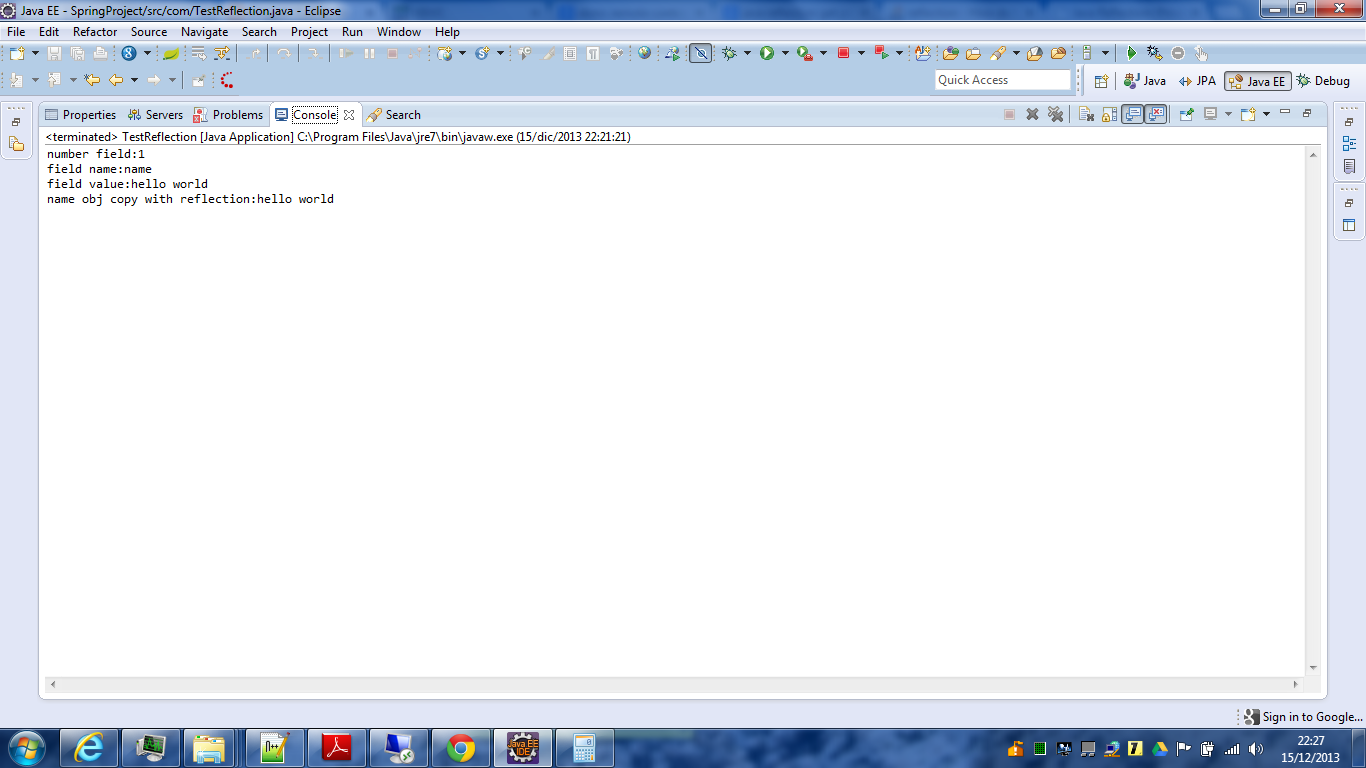

- Java reflection get public static field how to#
- Java reflection get public static field full#
- Java reflection get public static field android#
If the field is hidden in the type of obj, the field’s value is obtained according to the preceding rules. This method throws a NullPointerException if the specified obj argument is null and an IllegalArgumentException If the specified object is not an instance of the class or interface declaring the underlying field. If the field is a static field, the argument of obj is ignored it may be null Otherwise, the underlying field is an instance field. If Field has a primitive type then the value of the field is automatically wrapped in an object. The get() method of used to get the value of the field object. Split() String method in Java with examples.Parse Nested User-Defined Functions using Spring Expression Language (SpEL).Static elements can be fields used across all instances of a given class. Spring Boot - Start/Stop a Kafka Listener Dynamically Static elements are elements that belong to the class and not to a specific instance.Access and Non Access Modifiers in Java.

Association, Composition and Aggregation in Java.Dynamic Method Dispatch or Runtime Polymorphism in Java.
Java reflection get public static field how to#
Java reflection get public static field android#
Android App Development with Kotlin(Live).
Java reflection get public static field full#
Full Stack Development with React & Node JS(Live).Java Programming - Beginner to Advanced.Data Structure & Algorithm-Self Paced(C++/JAVA).Data Structures & Algorithms in JavaScript.Data Structure & Algorithm Classes (Live).Always remember! Whenever reflection is used, the security of the application is compromised. It is an advanced feature that should only be used by programmers or developers who have a good knowledge of the basics of the language. Conclusionīecause of the above-mentioned cons, it is generally advisable to avoid using reflection.

Therefore, the operations performed by reflections are usually slow. Since the types in reflection are resolved dynamically, JVM (Java Virtual Machine) optimization cannot take place. For example, if one access the private members of a class and sets null value to it, then the other user of the same class can get the NullReferenceException, and this behaviour is not expected.Īnother demerit is the overhead in performance. Thus, reflection may leak important data to the outside world, which is dangerous. It is possible to access the private methods and fields of a class using reflection. It helps in the creation of Visual Development Environments and class browsers which provides aid to the developers to write the correct code.Ĭons: Using reflection, one can break the principles of encapsulation. It is also possible to call methods, instantiate a clear or to set the value of fields using reflection. Pros: Inspection of interfaces, classes, methods, and fields during runtime is possible using reflection, even without using their names during the compile time. This is basically just a graph traversal algorithm (e.g., breadth-first search, depth-first search. Implement a 'filter' (a basic if check) if you only want to look at certain classes. Keep track of which classes you've visited to avoid any cycles. While the reflection provides a lot of advantages, it has some disadvantages too. Repeatedly get fields of classes until there's none left to search. Java reflection should always be used with caution. Let's see the simple example of forName() method.


 0 kommentar(er)
0 kommentar(er)
